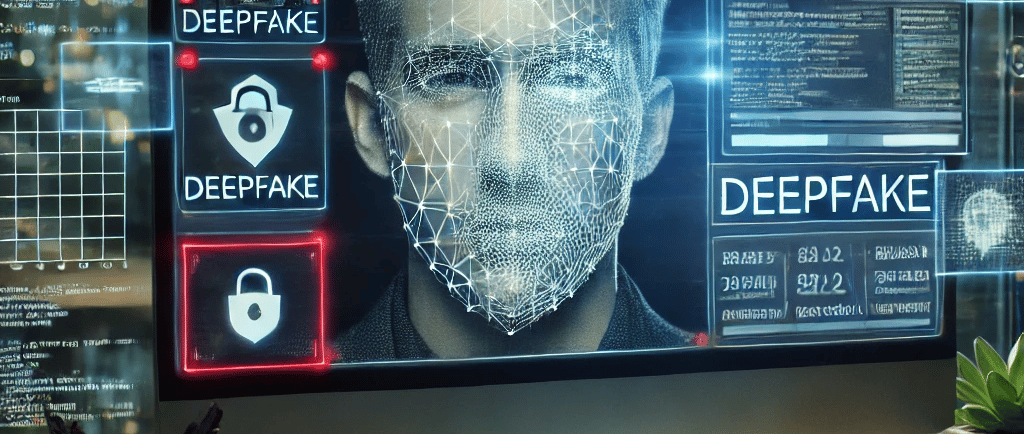Deepfakes and Cyber Threats: What You Need to Know
TECHNOLOGY


Imagine receiving a video call from your CEO, urgently requesting action on a major project. The face is familiar, the voice unmistakable, and the request feels legitimate. But what if none of it was real? This is the deceptive power of deepfake technology—and it’s becoming a growing concern in cybersecurity.
Deepfakes, created using advanced artificial intelligence (AI), generate hyper-realistic videos, audio clips, or images that can imitate people with astonishing accuracy. While entertaining applications like celebrity mashups grab headlines, the darker side of this technology is its potential use in sophisticated cyberattacks.
Deepfakes in Social Engineering Attacks
Cybercriminals thrive on exploiting trust. Deepfake technology offers them a powerful tool to manipulate human behavior and bypass traditional security measures. Here’s how deepfakes are being misused:
Business Email Compromise (BEC) 2.0
Instead of poorly written emails, attackers now use realistic videos or audio clips of executives. Imagine an employee receiving a “live” video call or voicemail from a senior leader, requesting an urgent wire transfer. This level of realism makes these scams far more convincing and harder to detect.Identity Theft and Unauthorized Access
Attackers create fake personas using publicly available images and videos to bypass security protocols like voice authentication or facial recognition systems.Reputation Sabotage and Disinformation
Deepfakes can harm reputations by spreading fabricated content. For example, a fake video of an executive making inappropriate comments could lead to PR disasters and erode trust.Phishing 3.0
Deepfake-enhanced phishing schemes deliver fake videos or audio messages to urge victims into clicking malicious links, downloading malware, or sharing sensitive information.
Why Advanced Security Measures Are Essential
Deepfake threats are evolving rapidly, and addressing them requires more than basic fixes. Businesses need advanced, tailored strategies to protect themselves. Here are some challenges organizations often face:
Complex Authentication Needs
Tools like liveness detection or behavioral biometrics sound straightforward, but integrating them into your systems while maintaining a smooth user experience requires careful planning and expertise.Deepfake Detection Tools
The technology to identify deepfakes exists, but choosing the right tools, training your team, and integrating these solutions effectively can be daunting without guidance.Customized Employee Training
Every team and organization is different. Off-the-shelf training materials often fail to address the unique risks and scenarios your business might face.
By focusing on advanced, customized solutions, businesses can better protect themselves against these sophisticated attacks.
The Future of Deepfakes and Cybersecurity
Deepfake technology is only getting more sophisticated. As the line between reality and manipulation continues to blur, businesses must invest in education, tools, and policies to protect their assets, employees, and reputation.
However, knowing where to start can feel overwhelming. That’s where expert guidance can make all the difference.
Worried about deepfake threats? Contact me to learn how to safeguard your business.

